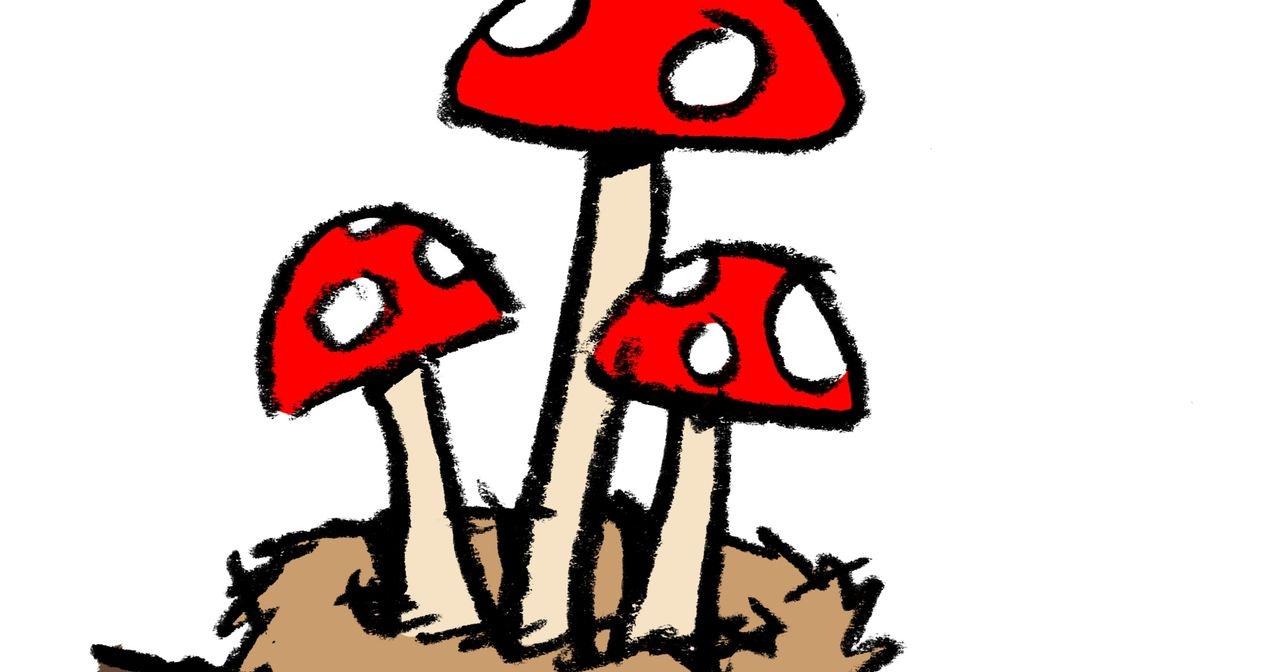Are mushrooms plants or animals?

Christoph Hahn is president of the Bavarian Mycological Society, holds a doctorate in mycology, the science of fungi, and works as a physics and biology teacher. Even as a child, he enjoyed collecting mushrooms:
"Mushrooms are what they are: They are fungi. They form their own kingdom, their own family group, and belong neither to plants nor to animals. It used to be considered that anything that doesn't move was a plant, such as trees. In the Middle Ages, people thought that mushrooms weren't even living beings. In some writings, they were referred to as "devil's fruit" and "sorcery." Legally, mushrooms are still treated as plants today. Biologically, however, mushrooms are closer to animals than to plants.
This is due to their cell structure and lifestyle. Plants can produce their own sugar through photosynthesis. Fungi cannot. They must obtain nutrients from outside. To do this, they secrete digestive enzymes that decompose organic matter and then absorb the dissolved nutrients. In principle, this works similarly to animals, except that digestion takes place outside the body, not inside it.
Fungi have a different structure than plants. Plants are made of cellulose, the material used to make things like paper tissues. Fungi, on the other hand, have cell walls made of chitin, the material often used to make insect shells.
The fact that mushrooms sometimes even eat animals themselves surprises many. There are mushrooms that hunt, catch, kill, and feed on animals. Take the oyster mushroom. With its mycelium, it forms tiny trapping structures with which it paralyzes nematodes and then digests them. The oyster mushroom uses the worms as a source of protein. If the oyster mushroom is eaten by humans, it also provides protein and vitamin B. Nevertheless, mushrooms are considered vegan because they are not animals. But if the mushroom itself has previously consumed animals, that's an interesting question from a philosophical point of view.
süeddeutsche





